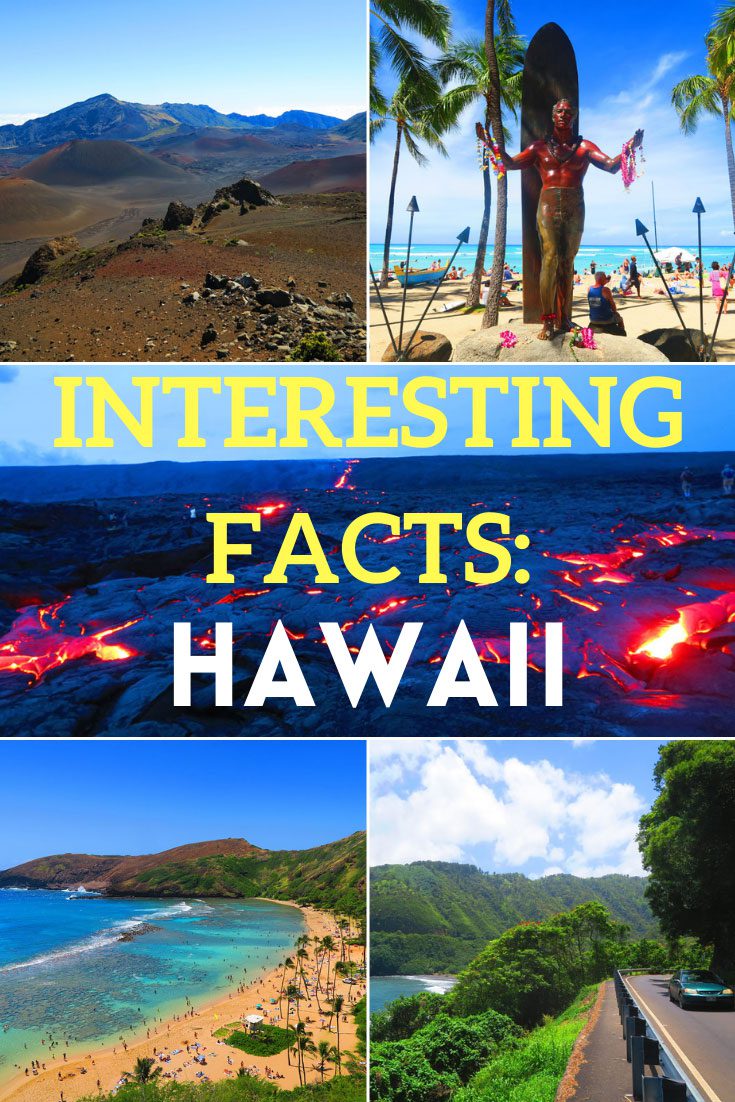Hawaii, often regarded as paradise on Earth, is not merely a picturesque destination adorned with palm trees and turquoise waters. Beneath its idyllic surface lie intriguing layers of history and culture. To fully appreciate this American state, one must delve deeper beyond the obvious beaches and luaus. Here are two fascinating facts about Hawaii that may truly astonish you.
1. Hawaii is the Only U.S. State With a Royal History
While most states in the United States share a common narrative, Hawaii possesses a unique monarchical legacy. It is the sole state that was once an independent kingdom, ruled by a succession of Hawaiian monarchs. The Kingdom of Hawaii emerged in the early 19th century under King Kamehameha I, who unified the islands in 1810 after years of inter-island warfare. This momentous achievement marked the beginning of the Hawaiian monarchy.
The reign of the Hawaiian royal family is punctuated by significant historical figures such as Queen Liliʻuokalani, the last reigning monarch, who ascended the throne in 1891. Her rule was characterized by valiant efforts to preserve the native Hawaiian culture and sovereignty in the face of external pressures. Unfortunately, these efforts culminated in her overthrow in 1893 by a group of American and European businessmen, with the tacit support of the U.S. government.
The legacy of the monarchy continues to be celebrated today, with places like ʻIolani Palace in Honolulu serving as a perpetual reminder of Hawaii’s regal history. This structure is notable not only as the only royal palace on U.S. soil but also as a testament to the architectural glory of the 19th century. Visitors to the palace can explore the lavish interiors, which feature exotic woods, intricate designs, and remarkable artifacts that speak volumes of the era’s craftsmanship.
Furthermore, the royal legacy persists in the cultural fabric of Hawaii. Traditional luau celebrations often include tributes to the monarchy, encapsulating the spirit of aloha, which signifies love, peace, and compassion. Amidst the vibrant hula performances, attendees are often reminded of the rich tapestry of Hawaiian heritage that has evolved from royal traditions.
As such, Hawaii’s royal past adds a layer of complexity to its cultural identity and invites explorers to appreciate the islands through a lens of historical significance.
2. The Hawaiian Language is One of the Oldest Languages in the Pacific
The Hawaiian language, known as ʻŌlelo Hawaiʻi, is not just a means of communication but a repository of cultural identity that connects individuals to their ancestry and environment. Linguistically, Hawaiian is part of the Polynesian language family, which includes languages spoken across vast areas of the Pacific, such as Maori and Samoan. This connection underscores the deep historical roots of the Hawaiian language, which has persisted for centuries.
Historically, Hawaiian was an oral language, rich in proverbs, chants, and stories passed down through generations. The beauty of this language lies in its ability to capture the essence of Hawaiian culture, with many words embodying concepts that are veritably untranslatable into English. For instance, the word “aloha” encompasses a spirit of greeting, love, peace, and compassion, highlighting the holistic approach of the Hawaiian people toward relationships and community.
In the late 19th century, however, the Hawaiian language faced significant challenges due to colonial influences and the overthrow of the monarchy. English predominated as the language of governance and education, for a time marginalizing the native tongue. This period of suppression ignited a wave of linguistic revitalization efforts that surged throughout the 20th century. Today, public schools offer Hawaiian language immersion programs, and there is a resurgence of interest among older generations who are keen on preserving their linguistic heritage.
Moreover, the Hawaiian language is deeply intertwined with the islands’ geography and ecology. The vocabulary of ʻŌlelo Hawaiʻi reflects an acute awareness of the natural environment, encapsulating names for natural features, flora, and fauna endemic to Hawaii. For example, the word “mana” signifies spiritual energy or power, integrating a profound respect for the land and its resources into everyday discourse. This intrinsic relationship with nature informs cultural practices, culinary traditions, and even the arts, where the stories of the land are frequently narrated through hula and chant.
In recent years, initiatives have sprung forth to promote the use of Hawaiian in everyday life, from signage to incorporation in government proceedings. This revival philosophy highlights a commitment to cultural preservation, fostering a sense of pride and continuity among the Hawaiian people.
In conclusion, Hawaii is a land rich in history and linguistic heritage. Its unique monarchical past adds dimension to its identity while the enduring significance of the Hawaiian language highlights the profound connection between the people and their environment. Together, these facts create a narrative that transcends the typical tourist experience, inviting deeper appreciation and understanding of this remarkable archipelago.









